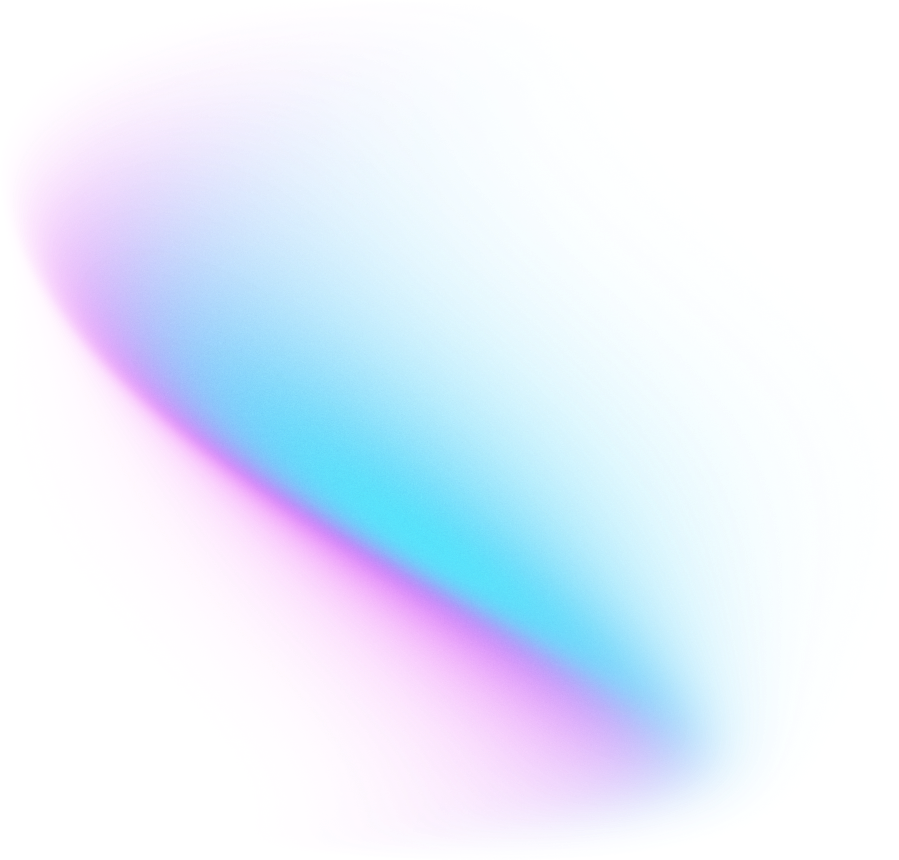What’s your healthcare company’s greatest concern?
Is it delivering better patient outcomes? Reducing costs? Protecting confidential data? Increasing efficiency? Meeting compliance requirements?
We imagine all of these are somewhere on your list—regardless of which is at the top at any given moment. And we know your IT ecosystem plays an important role in addressing them.




When you’re ready to take your next step toward programmatic excellence through digital transformation, call MDSi. We’ve worked with organizations across health sciences and wellness to make the digital future a reality for them, and we can do the same for you.
Just bring us your vision. Tell us what it is you’re looking to achieve, and we’ll bring together equipment and software from the world’s leading technology companies to make it happen. What’s more, we’ll configure that equipment, install the software, stage it, test it, and ship it with the correct cables and connectors so installation is seamless. We’ll also remove your old equipment and either redeploy or dispose of it in an environmentally-responsible manner.


It was the end of the fiscal year, and one of our customers—a major American retail chain—realized they had substantial IT budget left and needed to spend it quickly or risk losing it for good.
They placed an order with us for almost $1M worth of switches from one of the major manufacturers we work with and hoped for the best.
A week later though, nothing had shown up.
Two weeks later, still nothing had shown up. The customer was getting nervous. Because not only did the money need to be spent in the fiscal year, the product needed to be delivered within that year as well. So time was running out.

Rather than let the clock run down to zero and risk the customer losing the opportunity to spend that budget, we reached out to several distributors that work with the manufacturer to see if they had inventory on hand that could cover the order.
After many, many calls, we found one who did in fact have the products they were looking for. So we jumped on the opportunity, not only purchasing the product through the distributor, but also going and picking it up ourselves instead of waiting for it to ship.
The customer received their products in time, which meant they were able to successfully spend that budget. We already had a relationship with them, but this helped them appreciate more fully the benefits of working with a VAR like MDSi. We have the flexibility to do things like ordering through different channels when a source has lead times that don’t meet our customers’ needs. And we can go pick product up ourselves. We simply have a level of flexibility that allows us to be responsive in a way that massive manufacturers are not able to match.

